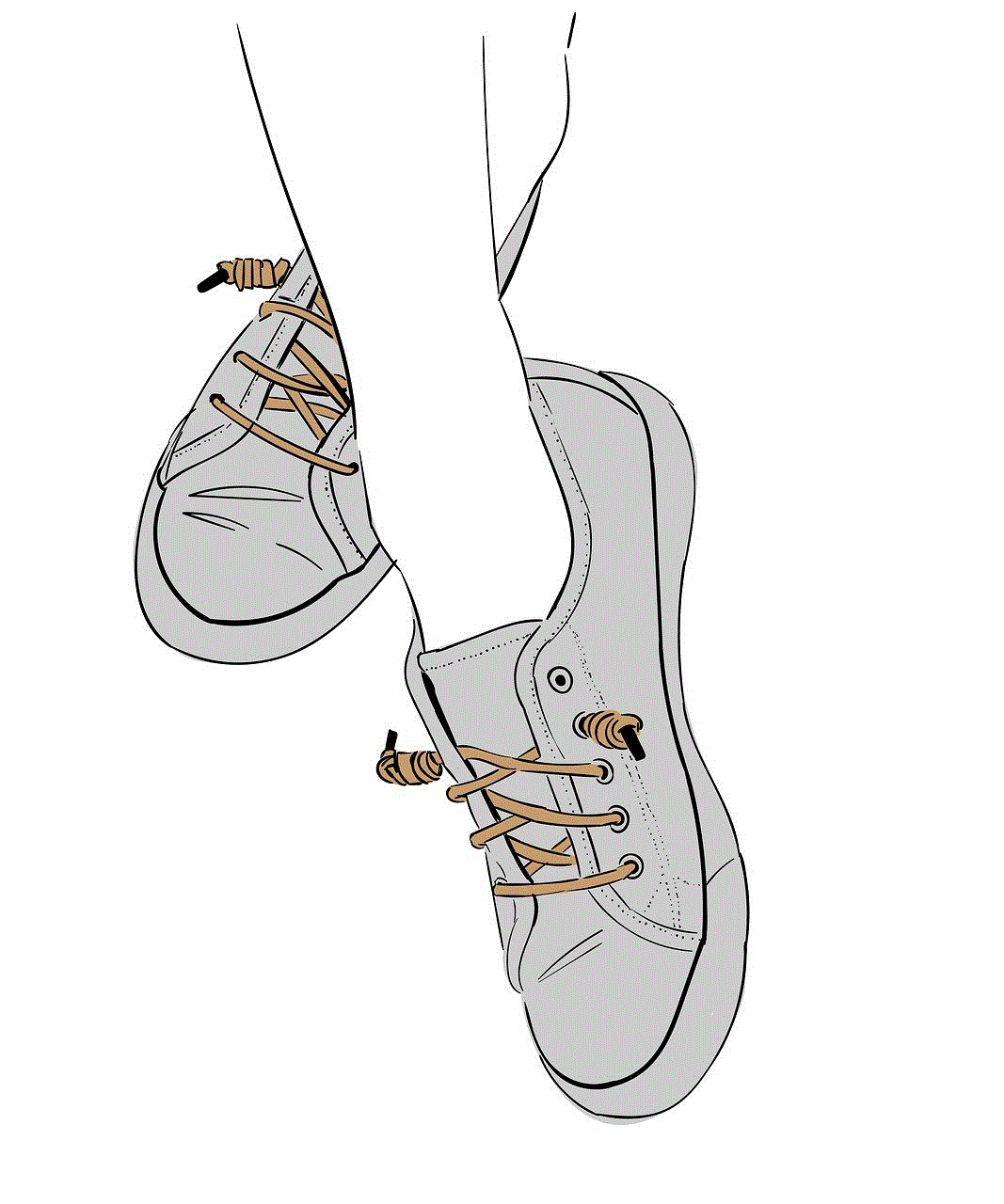can i be logged into snapchat on 2 devices
Snapchat has become one of the most popular social media platforms, with over 300 million monthly active users. The app allows users to capture and share photos and videos that disappear after a short period of time. One of the most common questions among Snapchat users is whether they can be logged into the app on two devices at the same time. In this article, we will explore the answer to this question and discuss the implications of being logged into Snapchat on multiple devices.
To answer the question, yes, you can be logged into Snapchat on two devices at the same time. This feature was introduced by Snapchat in 2017, allowing users to access their accounts on multiple devices. However, there are certain limitations and considerations to keep in mind when using this feature.
To begin with, let’s understand how being logged into Snapchat on two devices works. When you log into Snapchat on a second device, the app will automatically log you out of the first device. This means that you can only be actively logged into Snapchat on one device at a time. However, your account will remain active on both devices, allowing you to receive notifications and messages.
To log into Snapchat on a second device, you will need to use the same login credentials as your primary device. This includes your username or email address and password. Once you have successfully logged in, you will have access to all your contacts, stories, and memories. Any changes or updates you make on one device will automatically sync to the other device as well.
Now that we have established that it is possible to be logged into Snapchat on two devices, let’s discuss the reasons why someone would want to do so. The most common reason is convenience. Many people use multiple devices throughout the day, such as a phone and a tablet or a phone and a laptop. Being able to access Snapchat on both devices means that you can stay connected and updated with your friends, regardless of which device you are using.
Another reason for being logged into Snapchat on two devices is for privacy. By using a second device, you can keep your personal and work lives separate. This is particularly useful for people who use their personal phone for work and do not want to mix their personal and professional contacts on Snapchat.
However, there are also some drawbacks to being logged into Snapchat on two devices. The most significant one is that it can drain your phone’s battery. Snapchat is a highly visual app that requires constant internet connection and uses a lot of data. If you are logged into the app on two devices, this can significantly impact your battery life, especially if you are using Snapchat frequently.
Another concern is the security of your account. By being logged into Snapchat on two devices, you are essentially doubling the chances of someone accessing your account without your permission. If you lose one of the devices or it gets stolen, the person who has it will have access to your Snapchat account as well. This can be a major issue, as Snapchat has a lot of personal information and conversations. Therefore, it is crucial to keep your devices secure and use strong passwords to prevent unauthorized access.
Furthermore, there are certain features of Snapchat that may not work properly when you are logged into the app on two devices. For example, if you are actively using Snapchat on your phone, you may not receive notifications on your tablet. Additionally, if you are using Snapchat on two devices and log out of one, your memories may not sync properly, causing you to lose some of your saved content.
It is also worth noting that there are some limitations to being logged into Snapchat on two devices. For instance, you cannot log into Snapchat on two iOS devices simultaneously. This means that if you are logged into Snapchat on your iPhone, you will not be able to log into the app on your iPad. This limitation is due to Apple’s security protocols and cannot be bypassed.
Moreover, you should also be aware that Snapchat has a daily limit on the number of devices you can be logged into at the same time. This limit is set at five devices per account. If you try to log into a sixth device, you will be automatically logged out of one of the other devices you are currently using. This is to prevent unauthorized access to your account and protect your privacy.
In addition to these limitations, there are also certain scenarios where being logged into Snapchat on two devices can cause issues. For example, if you are using Snapchat on two devices and you change your password, you may experience problems with syncing your account on both devices. Similarly, if you receive a message on one device while using the app on the other, you may not be able to view the message until you refresh the app.
In conclusion, while it is possible to be logged into Snapchat on two devices at the same time, there are certain limitations and considerations to keep in mind. Being logged into the app on two devices can be convenient, but it can also have drawbacks such as draining your battery and compromising the security of your account. It is essential to weigh the pros and cons and use this feature carefully to ensure the best experience on Snapchat.
phoebe prince cyberbullying
In January 2010, the world was shocked by the tragic death of 15-year-old Phoebe Prince. The Irish-born teenager had moved to South Hadley, Massachusetts with her family just a few months prior, hoping for a fresh start. But instead, she became the target of relentless bullying and cyberbullying from her peers. This heartbreaking case brought the issue of cyberbullying to the forefront, sparking national outrage and a call for action.
Cyberbullying, or the use of electronic communication to bully or harass someone, has become a pervasive problem in today’s society. With the rise of social media and the internet, bullies now have a new platform to target their victims. According to the Cyberbullying Research Center, about 34% of students have experienced cyberbullying in their lifetime. And unfortunately, like Phoebe, some victims have been driven to the point of taking their own lives.
The story of Phoebe Prince’s cyberbullying began when she started attending South Hadley High School in the fall of 2009. She quickly caught the attention of a group of popular girls, who were jealous of her beauty and popularity with boys. They began spreading rumors and making derogatory comments about her, both in person and online. With the use of social media, the bullying quickly escalated to a whole new level.
The girls created a facebook -parental-controls-guide”>Facebook page titled “We Hate Phoebe Prince” where they posted cruel messages and invited others to join in on the harassment. They also sent her threatening text messages and left mean comments on her MySpace page. Phoebe’s family and friends were unaware of the extent of the cyberbullying until after her death, when they discovered the numerous hurtful messages and posts.
But Phoebe’s case is not an isolated incident. Cyberbullying has become a widespread problem, affecting millions of young people every day. One of the reasons for its prevalence is the anonymity that the internet provides. Bullies feel emboldened to say and do things online that they wouldn’t dare do in person. They hide behind fake accounts and usernames, making it difficult for victims to know who is behind the attacks.
Furthermore, the internet allows bullies to reach a wider audience, making their actions even more harmful. A mean comment or post can go viral in a matter of seconds, causing immense damage to the victim’s self-esteem and mental well-being. And unlike traditional bullying, which usually happens in a specific time and place, cyberbullying can happen 24/7, making it nearly impossible for victims to escape.
Another factor that contributes to the rise of cyberbullying is the lack of consequences for the perpetrators. Often, bullies believe that there will be no repercussions for their actions, as they are not being physically violent. In many cases, schools and authorities are unable to intervene, as cyberbullying often happens outside of school hours and grounds. This leaves victims feeling helpless and alone, with no one to turn to for help.
In the case of Phoebe Prince, the school had received numerous reports of bullying, both in person and online, but failed to take any meaningful action. This lack of intervention and support from adults further exacerbated the situation, leaving Phoebe feeling isolated and hopeless. It was only after her death that the school and authorities finally took action, leading to the prosecution of several of her bullies.
But the tragic death of Phoebe Prince was not in vain. Her case shed light on the seriousness of cyberbullying and sparked a national conversation on the need for stricter laws and measures to prevent it. In 2010, the state of Massachusetts passed the “Phoebe Prince Act”, which requires all school districts to develop and implement policies to prevent bullying and cyberbullying.
Since then, many other states have followed suit, passing laws that specifically address cyberbullying and hold perpetrators accountable for their actions. These laws have also paved the way for schools to take a more proactive approach in preventing and addressing cyberbullying. Many school districts now have strict policies in place that prohibit any form of bullying, including cyberbullying, and have established procedures for reporting and addressing incidents.
But despite these measures, cyberbullying continues to be a prevalent issue, and more needs to be done to combat it. Parents also play a crucial role in preventing and addressing cyberbullying. They should educate their children about the harmful effects of cyberbullying, as well as monitor their online activities and teach them responsible and respectful online behavior.
Schools also need to provide ongoing education and support to students on the importance of being kind and respectful to others, both in person and online. They should also have resources available for victims of cyberbullying, including counseling and support groups. By creating a safe and inclusive school environment, students will feel more comfortable reporting incidents of cyberbullying and seek help when needed.



In conclusion, the tragic death of Phoebe Prince served as a wake-up call to the severity of cyberbullying and the devastating consequences it can have. While measures have been taken to address this issue, there is still much work to be done. It is essential for all of us to take a stand against cyberbullying and promote a culture of kindness and respect, both in our schools and in society as a whole. Only then can we prevent other young people from falling victim to this harmful form of bullying.
how to block inappropriate ads
As the internet continues to evolve and become an integral part of our daily lives, one of its most prominent features has been the rise of online advertising. While online ads can be beneficial for businesses and consumers alike, they can also be a source of frustration and annoyance when they are inappropriate or offensive. In this article, we will explore the various types of inappropriate ads and discuss effective ways to block them.
What are Inappropriate Ads?
Inappropriate ads refer to any form of online advertising that is deemed offensive, misleading, or inappropriate for a particular audience. These can include ads that contain sexually explicit content, violence, false claims, or discriminatory messages. Inappropriate ads not only tarnish the reputation of the advertiser but also negatively impact the user experience and can even be harmful to minors or vulnerable individuals.
Types of Inappropriate Ads
1. Sexually Explicit Ads
One of the most common forms of inappropriate ads is those that contain sexually explicit content. These can range from suggestive images to explicit videos and can be highly offensive to many individuals. While some may argue that these ads are a form of free speech, the reality is that they can be highly disturbing and inappropriate for certain audiences, especially children.
2. Misleading Ads
Misleading ads are those that make false or exaggerated claims about a product or service. These ads often use sensational language or misleading images to grab the viewer’s attention and entice them to click on the ad. However, when the user reaches the landing page, they find that the product or service is not as advertised, leading to a waste of time and potential money.
3. Violent Ads
Another type of inappropriate ad is those that contain violent or graphic content. These can include images or videos of gory accidents, war footage, or any other form of violence. Such ads can be highly disturbing and can trigger negative emotions in viewers, making them a source of discomfort and anxiety.
4. Discriminatory Ads
Discriminatory ads are those that promote discrimination or inequality based on race, gender, religion, sexual orientation, or any other personal characteristic. These ads can be highly offensive and can contribute to perpetuating harmful stereotypes and prejudices in society.
Why Block Inappropriate Ads?



Blocking inappropriate ads is essential for several reasons. Firstly, these ads can be highly offensive and can cause discomfort or anxiety for viewers. Secondly, they can negatively impact the user experience, making it difficult to navigate through websites and causing frustration. Thirdly, inappropriate ads can be harmful to children and vulnerable individuals, who may be exposed to content that is not appropriate for their age or mental state. Lastly, by blocking inappropriate ads, we can send a message to advertisers that such tactics are not acceptable and discourage them from using them in the future.
How to Block Inappropriate Ads?
1. Use Ad Blockers
Ad blockers are software or browser extensions that block ads from appearing on websites. These tools are highly effective in blocking all types of ads, including inappropriate ones. They work by analyzing the code of a website and filtering out any elements that resemble an ad. Ad blockers are available for all major browsers and can be easily installed and configured to block inappropriate ads.
2. Enable Parental Controls
If you have children using the internet, enabling parental controls can be an effective way to block inappropriate ads. Parental controls allow you to restrict access to certain websites or types of content, including ads. You can also set up filters to block specific keywords or phrases, ensuring that your children are not exposed to inappropriate ads.
3. Report Inappropriate Ads
Most advertising platforms have strict guidelines on what type of content is allowed in ads. If you come across an inappropriate ad, you can report it to the platform, and they will take appropriate action to remove it. This not only helps to block the specific ad but also sends a message to the advertiser that such tactics are not acceptable.
4. Use Content Filtering Software
Content filtering software is another effective way to block inappropriate ads. These tools work by scanning the content of a website and filtering out any content that may be inappropriate or harmful. While these tools are commonly used in schools and businesses, they can also be installed on personal devices to block inappropriate ads.
5. Customize Ad Preferences
Many websites and advertising platforms allow users to customize their ad preferences. By doing so, you can indicate which types of ads you do not want to see, and the platform will filter them out accordingly. This can be a useful tool for blocking inappropriate ads, as you can specify the types of content you find offensive or inappropriate.
6. Educate Yourself and Others
As users of the internet, it is essential to educate ourselves about the various forms of inappropriate ads and how to block them. By being aware of the types of ads that are not acceptable, we can avoid clicking on them and contributing to their success. Additionally, we can also educate others, especially children and vulnerable individuals, about the importance of blocking inappropriate ads and how to do so effectively.
7. Support Ethical Advertisers
Lastly, as consumers, we have the power to support ethical advertisers and boycott those who use inappropriate tactics. By choosing to do business with companies that have a strong moral code and do not resort to offensive or misleading advertising, we can send a message to the advertising industry that such tactics will not be tolerated.
Conclusion



In conclusion, while online advertising is an essential aspect of the internet, it is crucial to block inappropriate ads to ensure a positive user experience and protect vulnerable individuals. By using ad blockers, enabling parental controls, reporting inappropriate ads, and supporting ethical advertisers, we can take a stand against offensive and misleading advertising and promote a more responsible and ethical online environment.

